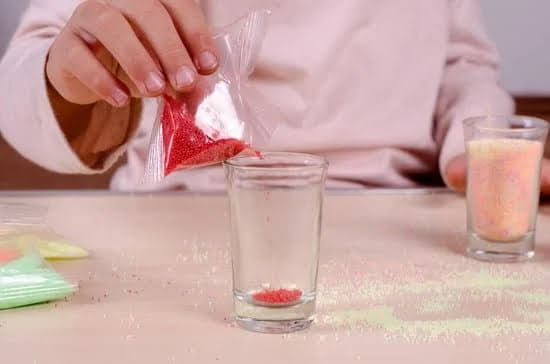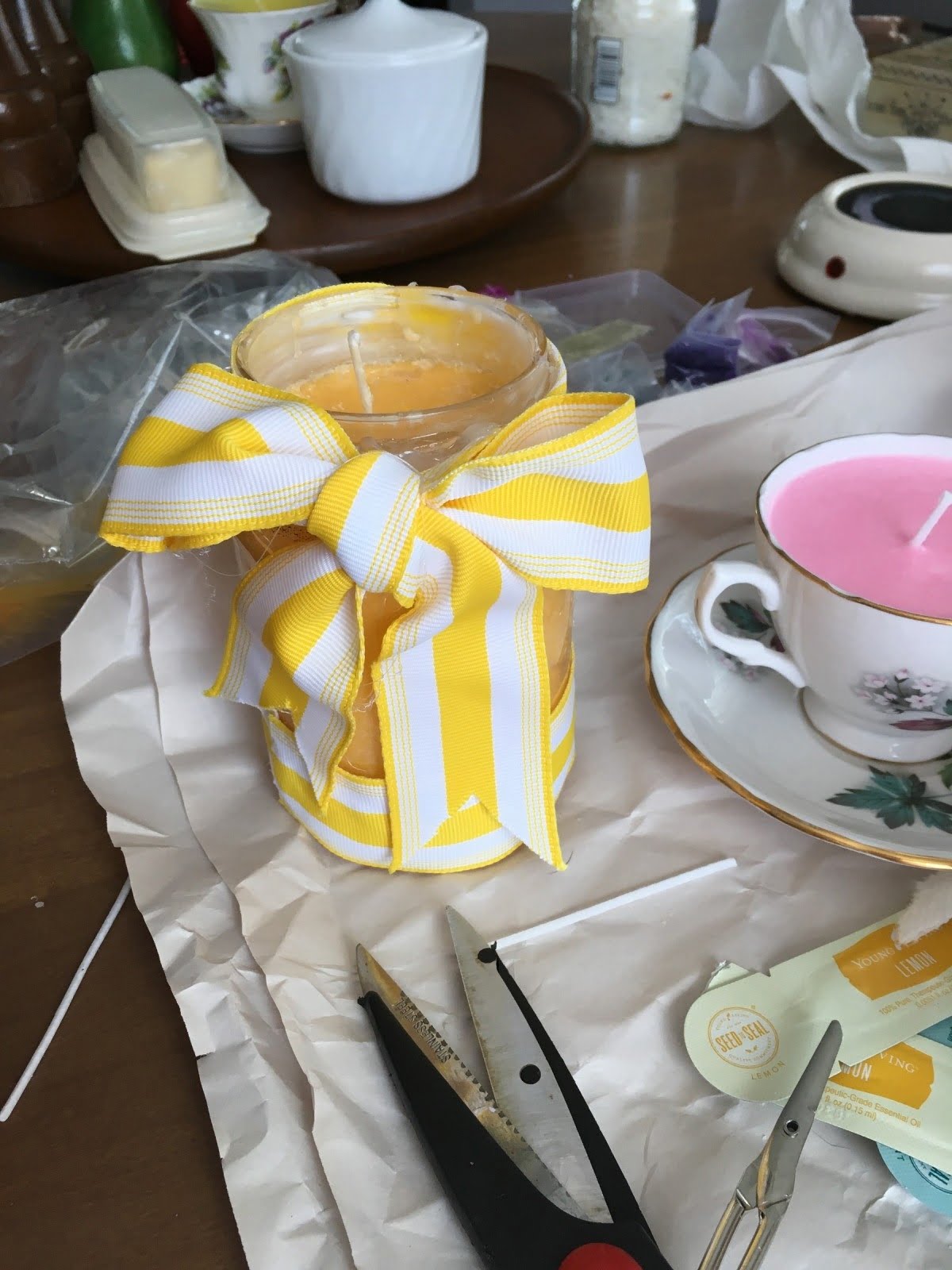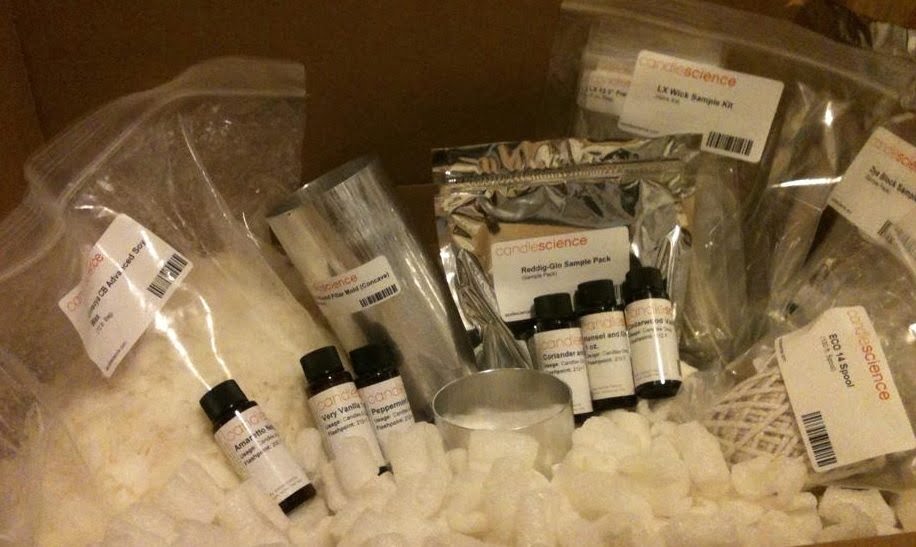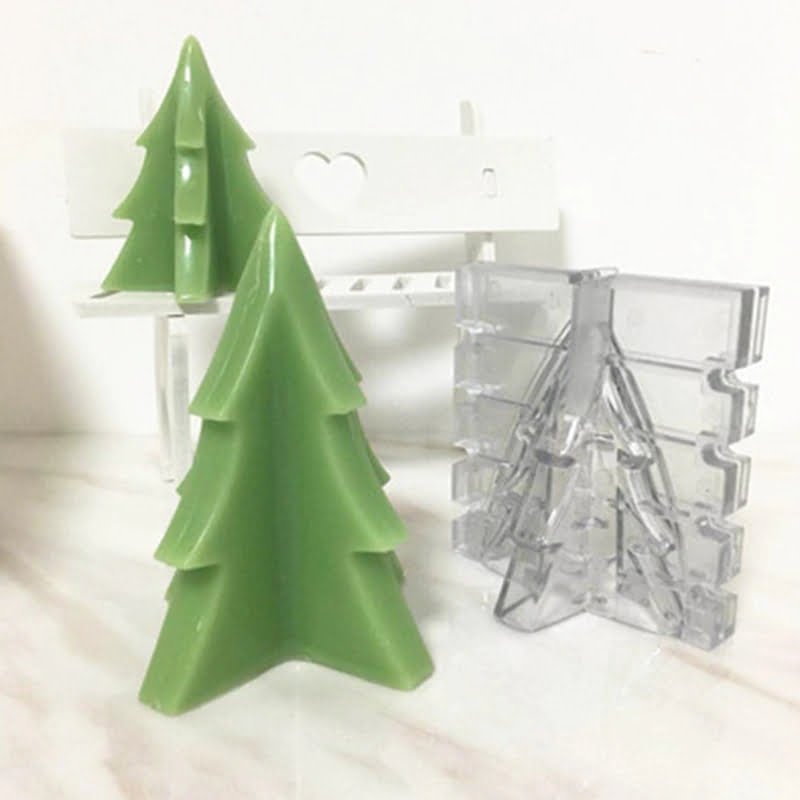Are you interested in making your own candles at home? If so, then a crucial tool you will need is a candle making wax heater.
This essential piece of equipment is used to melt wax, making it easier to work with and mold into beautiful candles. In this article, we will explore the importance of using a wax heater for candle making, the different types available, factors to consider when choosing one, how to use it effectively, as well as safety precautions and tips for getting the most out of your wax heater.
Wax heaters are an indispensable tool for anyone who enjoys making candles. They provide a safe and efficient way to melt wax without the risk of burning it. Additionally, they allow for precise temperature control, which is essential for achieving the perfect consistency and texture in your candle-making process. Whether you are a beginner or experienced candle maker, having a reliable wax heater can make all the difference in producing high-quality candles.
There are several types of wax heaters available on the market, each with its own set of features and benefits. From traditional double boilers to electric melters and even microwavable options, there is a wide range of choices to suit various preferences and needs. In the next section, we will delve deeper into the different types of wax heaters for candle making and discuss their unique advantages and uses.
The Importance of Using a Wax Heater for Candle Making
When it comes to candle making, using a wax heater is an essential tool that can make the process much more efficient and convenient. A wax heater is a device designed specifically for melting and heating candle making wax to the desired temperature, allowing for easy pouring and molding of candles. This section will explore the importance of using a wax heater for candle making and the advantages it offers.
One of the key reasons why a wax heater is important for candle making is that it provides consistent and controlled heat, which is essential for achieving high-quality candles. Unlike using traditional methods such as stovetops or microwaves, a wax heater ensures that the wax is melted at the correct temperature without risk of overheating or scorching.
This precise control over the melting process results in smooth and even consistency of the wax, leading to better quality candles with consistent textures and appearance.
Moreover, using a dedicated wax heater for candle making also eliminates the risk of cross-contamination with food or other substances that may be present when using general-purpose heating equipment. This helps maintain cleanliness and hygiene standards in candle making, ensuring that the final products are safe for use.
Additionally,a specialized wax heater often comes with features such as adjustable thermostat controls, which allows for greater versatility in working with different types of waxes, including soy, paraffin, or beeswax.
In addition to these benefits, using a wax heater can also streamline the candle making process by saving time and effort. With faster heat-up times and efficient temperature maintenance, candle makers can work more quickly and consistently, resulting in increased productivity. Whether you are a hobbyist or professional candle maker, investing in a high-quality wax heater can significantly enhance your overall experience and final product quality.
- Consistent and controlled heat
- Eliminates risk of cross-contamination
- Streamlines the candle making process
Types of Wax Heaters for Candle Making
When it comes to candle making, having the right equipment is essential for creating high-quality candles. One of the most important tools for candle makers is a wax heater. A wax heater is a device specifically designed to melt and heat wax to the correct temperature for candle making. This section will discuss the different types of wax heaters available for candle making and their unique features.
1. Electric Wax Heater: An electric wax heater is one of the most common types used by candle makers. It consists of a heating element that melts the wax within a designated container or pot. The temperature can be easily controlled, making it ideal for melting different types of waxes such as soy, paraffin, or beeswax.
2. Double Boiler: A double boiler wax heater consists of two pots – one larger pot filled with water and a smaller pot placed inside, where the wax is melted. This indirect heating method prevents the wax from overheating and eliminates the risk of direct contact with an open flame.
3. Induction Wax Heater: Induction wax heaters use electromagnetic induction to heat metal containers, which then melt the wax inside without direct contact with any heating elements. This type of heater offers precise temperature control and faster melting times.
4. Hot Plate Wax Heater: Hot plate wax heaters consist of a heated metal plate on which a heat-resistant container with the wax is placed for melting. They are compact and efficient but may require careful monitoring to prevent overheating.
Each type of wax heater offers its own set of advantages and may be preferred depending on individual preferences, volume of production, and specific needs in candle making processes using various types of candle-making waxes such as paraffin, soy, beeswax or other specialty waxes.
It’s important to carefully consider factors such as ease of use, safety features, temperature control capabilities, capacity, and compatibility with different types of waxes when choosing a type of wax heater for candle making projects that could range from small-scale hobbyist endeavors to large-scale commercial productions.
Factors to Consider When Choosing a Wax Heater
When choosing a wax heater for candle making, there are several factors to consider to ensure that you get the best equipment for your needs. The right wax heater can make the candle making process more efficient and enjoyable, so it’s important to take into account the following factors before making a purchase.
Capacity and Size
One of the first things to consider when choosing a wax heater is the capacity and size of the equipment. Depending on the volume of candles you plan on making, you’ll need a wax heater that can accommodate the amount of wax you’ll be using. Additionally, consider the physical size of the wax heater and whether it will fit into your workspace comfortably.
Heating Method
Another important factor to consider is the heating method of the wax heater. There are different options available, including traditional double boilers, electric melters, and induction heaters. Each heating method has its own advantages and disadvantages, so it’s essential to choose one that aligns with your specific candle making needs.
Temperature Control
Temperature control is crucial when it comes to candle making, so be sure to select a wax heater that offers precise temperature control. Maintaining consistent temperatures is vital for achieving the desired consistency and quality of your candles. Look for a wax heater with adjustable settings and reliable temperature monitoring to ensure optimal results.
By carefully considering these factors when choosing a wax heater for candle making, you can invest in equipment that meets your specific needs and enhances your candle making experience. Whether you’re a hobbyist or professional chandler, selecting the right wax heater is an essential step in creating beautiful candles.
How to Use a Wax Heater for Candle Making
When it comes to creating beautiful, fragrant candles, using a wax heater is an essential tool for achieving the perfect melt every time. Whether you are a novice candle maker or an experienced artisan, taking the time to understand how to properly use a wax heater can make all the difference in the quality of your finished products.
Setting Up Your Wax Heater
Before you begin using your wax heater, it’s important to ensure that it is set up correctly. This includes placing it on a flat, stable surface away from any flammable materials. It’s also essential to make sure that the power cord is in good condition and that there are no signs of damage. Once you have confirmed that the heater is in good working order, you can then proceed to prepare your wax for melting.
Melting Your Wax
To use a wax heater for candle making, simply pour the desired amount of candle making wax into the heating chamber of the device. Turn on the heater and allow the wax to melt slowly and evenly at the recommended temperature for your specific type of wax.
It’s crucial not to overheat or leave the wax unattended as this could pose a fire hazard. Once melted, you can then carefully transfer the liquid wax into your chosen candle molds or containers.
Cleaning and Maintenance
After each use, it’s important to clean your wax heater thoroughly to remove any residual wax and prevent buildup. Always follow the manufacturer’s instructions for cleaning and maintenance to ensure that your device remains in good working condition. Regularly inspecting your wax heater for any signs of wear and tear will also help prolong its lifespan and keep it functioning effectively for all your future candle making projects.
Tips and Tricks for Getting the Most Out of Your Wax Heater
When it comes to making candles, a wax heater is an essential tool for achieving the perfect melt for your wax. However, getting the most out of your wax heater involves more than just turning it on and pouring in the wax. Here are some tips and tricks to help you maximize the performance of your wax heater for candle making.
First and foremost, it’s crucial to choose the right type of wax heater for your specific candle making needs. There are different types of wax heaters available, such as electric melters, double boilers, and hot plates.
Electric melters are convenient and efficient for smaller-scale production, while double boilers are great for more precise temperature control when working with delicate waxes. Consider the volume of candles you’ll be making and the type of wax you’ll be using to determine the best option for your setup.
In addition to choosing the right type of wax heater, it’s important to maintain and clean your equipment regularly. Over time, residue from melted wax can build up in the heater, affecting its performance. Make sure to follow the manufacturer’s instructions for cleaning and maintenance to keep your wax heater in top condition.
Another tip for getting the most out of your wax heater is to use a thermometer to monitor the temperature of the melted wax. Different types of waxes have different melting points, so it’s essential to heat them to the correct temperature for optimal results. By using a thermometer, you can ensure that your wax is not overheated or underheated, which can affect the quality and appearance of your candles.
Lastly, consider investing in a quality silicone mold release spray to prevent any sticking or residue buildup on your molds when using a wax heater for candle making. This will make demolding your candles easier and can extend the life of your molds.
| Tips | Tricks |
|---|---|
| Choose the right type of wax heater | Use a thermometer |
| Maintain and clean equipment regularly | Invest in quality silicone mold release spray |
Safety Precautions When Using a Wax Heater for Candle Making
When using a wax heater for candle making, it is essential to prioritize safety at all times. Working with hot wax and high temperatures can pose a risk of burns and fire hazards if proper precautions are not taken. Here are some key safety measures to keep in mind when using a wax heater for candle making.
First and foremost, always ensure that the wax heater is placed on a stable and heat-resistant surface. This will help prevent accidental spills or tipping over of the wax heater, which could result in serious burns or fires. Additionally, the area around the wax heater should be clear of any flammable materials and kept away from children and pets to avoid any accidents.
It is crucial to use appropriate personal protective equipment when handling hot wax and operating the wax heater. This may include heat-resistant gloves to protect your hands from burns, as well as eye protection in case of any splashes or splatters. In the event that any hot wax comes into contact with your skin, it is important to immediately cool the affected area with water and seek medical attention if necessary.
Furthermore, never leave a wax heater unattended while it is in use. It is easy for accidents to occur when working with hot substances, so it is important to always remain present and attentive when the wax heater is on.
Finally, be sure to familiarize yourself with the specific safety guidelines provided by the manufacturer of your chosen wax heater for candle making. Following these guidelines will help ensure a safe and successful candle making experience using a candle making wax heater.
The Future of Wax Heaters for Candle Making
Another trend in wax heaters for candle making is the integration of smart technology. Some modern wax heaters are equipped with programmable features, temperature controls, and safety sensors that can be monitored and adjusted remotely through a smartphone app. This level of automation not only improves efficiency in the candle-making process but also enhances safety by preventing overheating or potential accidents.
In terms of innovation, there is ongoing research and development in creating wax heaters that are specifically designed for different types of wax used in candle making. For example, soy wax requires a different heating mechanism compared to beeswax or paraffin wax. As a result, manufacturers are experimenting with new heating elements and materials to accommodate these specific requirements and optimize the melting process.
| Trends | Innovations |
|---|---|
| Shift towards sustainability | Integration of smart technology |
| Renewable energy sources | Research on heating mechanisms for different types of wax |
Conclusion
In conclusion, the wax heater is an essential tool for anyone who is serious about candle making. Whether you are a beginner or a seasoned candle maker, using a wax heater can greatly improve the quality and efficiency of your candle making process. Not only does it ensure that your wax is properly melted and at the right temperature, but it also allows for better control and consistency in your candle making.
When it comes to choosing a wax heater for candle making, there are several factors to consider such as size, temperature control, and safety features. It’s important to do your research and invest in a high-quality wax heater that meets your specific needs and preferences. Additionally, using a wax heater requires taking certain safety precautions to prevent accidents and injuries.
As for the future of wax heaters for candle making, we can expect to see continued innovation in this field. From improved technology for temperature control to more sustainable materials used in the construction of wax heaters, the industry is constantly evolving.
As demand for handcrafted candles continues to grow, so too will the need for efficient and reliable wax heating devices. So, whether you are a hobbyist or looking to start a business in candle making, investing in a quality wax heater is the first step towards creating beautiful, high-quality candles.
Frequently Asked Questions
Can I Use a Wax Warmer to Make Candles?
Yes, you can use a wax warmer to make candles. A wax warmer is a convenient and safe way to melt candle wax without the need for an open flame. It provides consistent heat for melting wax evenly.
What Is the Best Heat Source for Candle Making?
The best heat source for candle making is a double boiler or a dedicated wax melter. These provide gentle, indirect heat that melts the wax evenly and prevents it from scorching or burning. It’s important to avoid direct heat sources like stovetops, as they can be unpredictable and may cause the wax to overheat.
Do Candle Wax Warmers Work?
Candle wax warmers do work and are a popular choice for many candle makers. They use an electric plate or bulb to melt the wax slowly and evenly, ensuring a smooth and consistent texture. This method is safer than traditional stovetop melting and allows for better temperature control during the candle making process.

Welcome to my candle making blog! In this blog, I will be sharing my tips and tricks for making candles. I will also be sharing some of my favorite recipes.





